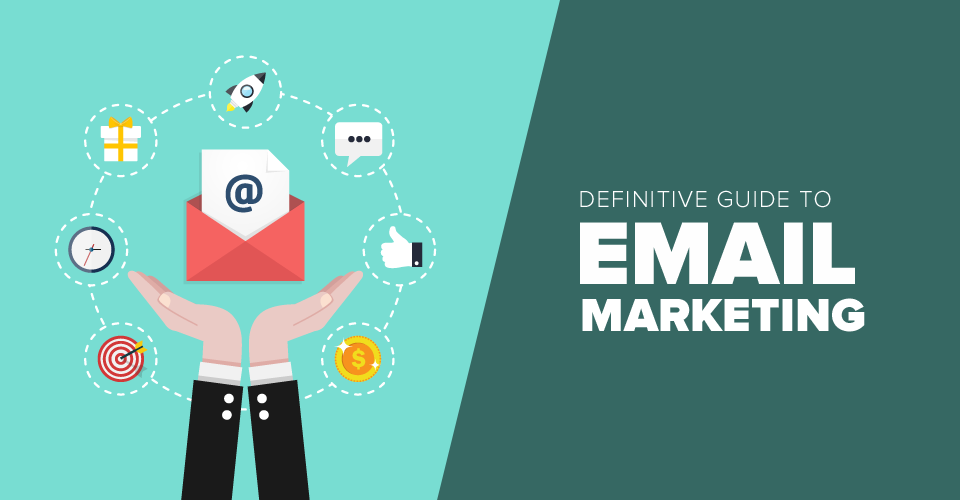Email Marketing / Introduction to Email Marketing / Email Marketing Strategies / Email Marketing Laws and Regulations / Email List Building / Email Content and Copywriting / Design and Visual Elements / Call to Action (CTA) Optimization / Testing and Optimization / Email Marketing Software / Marketing Automation / Email Analytics and Tracking / List Management and Segmentation / Segmentation Strategies / Re-engagement Campaigns / Email Marketing Best Practices / Deliverability and Inbox Placement / Future Trends and Innovations in Email Marketing / Interactive Email Content / Privacy and Data Protection
Using Customer Data for Personalized Email Content
Harnessing Demographic Data:
Demographic data, such as age, gender, location, and occupation, provides valuable insights into your audience. Leverage this information to personalize your email content, ensuring that it resonates with the unique characteristics and preferences of different segments of your audience.
Behavioral Personalization:
Customer behavior is a goldmine of data for personalization. Analyze how customers interact with your website, which products they view, and what actions they take. Use this behavioral data to create personalized product recommendations, abandoned cart reminders, and targeted content that aligns with their interests and preferences.
Transactional Data:
Transactional data, including purchase history and order details, offers a wealth of personalization opportunities. Tailor your emails based on past purchases, suggesting complementary products, offering exclusive discounts, or providing relevant product updates. This level of personalization enhances the customer experience and fosters loyalty.
Personalized Messaging:
Beyond data points, craft personalized messaging that speaks directly to the individual. Use the customer's name, reference their specific interactions with your brand, and acknowledge milestones such as birthdays or anniversaries. Personalized messaging creates a connection that goes beyond transactional interactions.
Building and Maintaining Strong Customer Relationships Through Email:
Consistent Communication:
Regular and consistent communication is the foundation of a strong customer relationship. Use email to stay connected with your audience, providing updates, relevant content, and exclusive offers. Consistency fosters familiarity and trust, key elements of a lasting customer relationship.
Segmented Email Campaigns:
Segment your email campaigns based on customer behavior, preferences, and engagement level. Tailor your messages to each segment, delivering content that is relevant and valuable to their specific needs. Segmentation ensures that your emails are not only personalized but also targeted for maximum impact.
Interactive Content and Surveys:
Engage customers with interactive content, such as quizzes or surveys, directly within your emails. This not only provides valuable feedback but also creates a two-way communication channel. Act on the insights gained from interactive elements to further personalize your offerings and enhance the overall customer experience.
Responsive Customer Support:
Use email as a channel for responsive customer support. Provide a dedicated email address or use automated reply systems to acknowledge customer inquiries promptly. Addressing customer concerns in a timely and helpful manner demonstrates your commitment to their satisfaction and strengthens the customer relationship.
Conclusion:
Personalization and customer relationship-building are not mere trends but essential strategies for success in email marketing. By leveraging customer data for personalized email content and adopting strategies to build and maintain strong customer relationships, businesses can create meaningful connections that transcend the digital landscape. In the age of heightened customer expectations, where individualization is king, the synergy of personalization and customer relationship is the key to unlocking the full potential of email marketing.
Email Marketing / Introduction to Email Marketing / Email Marketing Strategies / Email Marketing Laws and Regulations / Email List Building / Email Content and Copywriting / Design and Visual Elements / Call to Action (CTA) Optimization / Testing and Optimization / Email Marketing Software / Marketing Automation / Email Analytics and Tracking / List Management and Segmentation / Segmentation Strategies / Re-engagement Campaigns / Email Marketing Best Practices / Deliverability and Inbox Placement / Future Trends and Innovations in Email Marketing / Interactive Email Content / Privacy and Data Protection
